Deck & Commander Strategies

Hashaton, Scarab's Fist
Fill the graveyard quickly to create multiple 4/4 insect tokens through graveyard recursion and pressure opponents with these large creatures.
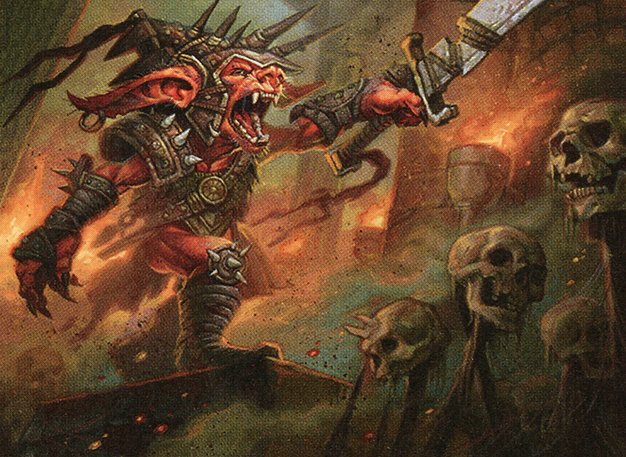
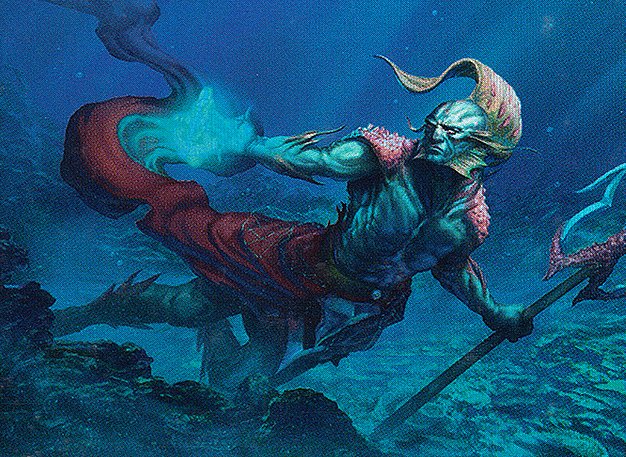
Rograkh, Son of Rohgahh / Thrasios, Triton Hero
Utilize artifact synergies and mana acceleration to generate value, tap resources efficiently, and control the board while creating a wide board presence.
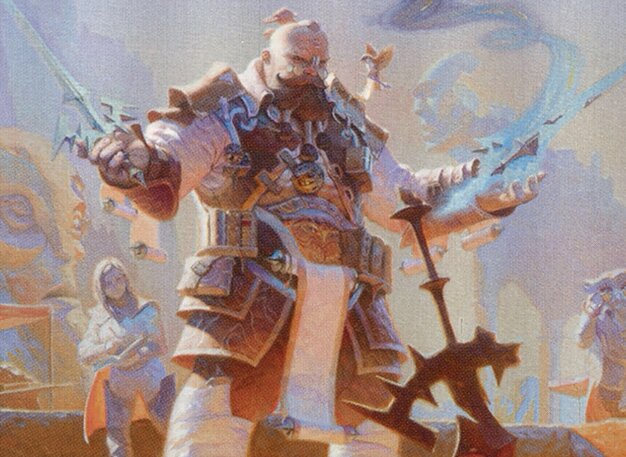
Osgir, the Reconstructor
Blink artifacts to draw cards and create token copies of exiled artifacts, aiming for card advantage and board presence through artifact recursion.

Plagon, Lord of the Beach
Leverage landfall and tempo plays to disrupt opponents and maintain board control, focusing on efficient mana use and incremental advantage.
Gameplay Insights
- 1
Osgir's use of Gilded Drake to steal a key opposing creature significantly disrupted opponents' plans.
- 2
Rograkh’s strategy of sacrificing artifacts to pump creatures and control combat proved effective in board stabilization.
- 3
The exile effect targeting an opponent's land significantly hindered their mana development, showing the value of land disruption in cEDH.
- 4
Players carefully managed combat by sacrificing artifacts to enhance blockers and attackers, demonstrating the importance of maximizing value from resources.
- 5
Thrasios's activation to draw cards and manipulate board states highlighted the power of incremental advantage in cEDH.
- 6
The game involved tactical use of stax and control elements, with players balancing disruption and development to gain the upper hand.
Notable Cards
-
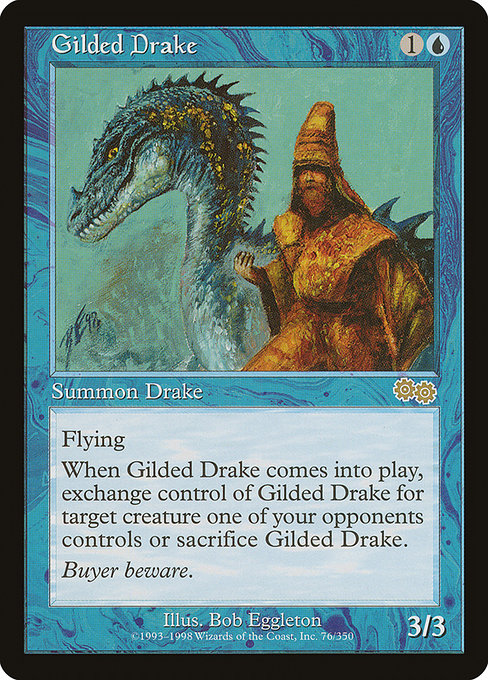
Gilded Drake
-

Lotus Bloom
-

Great Furnace
-

Ancient Tomb
-

Sacred Foundry
-

Talisman of Progress
-
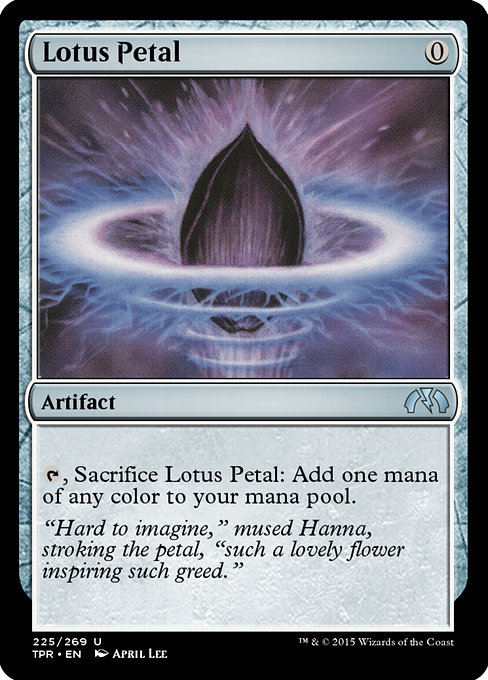
Lotus Petal
-
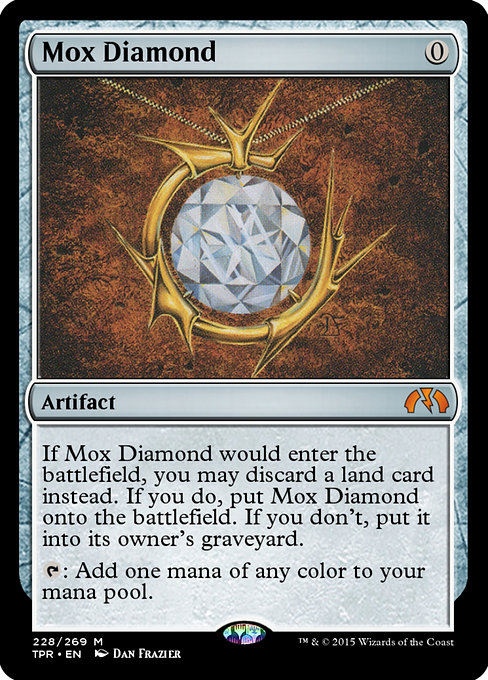
Mox Diamond
-
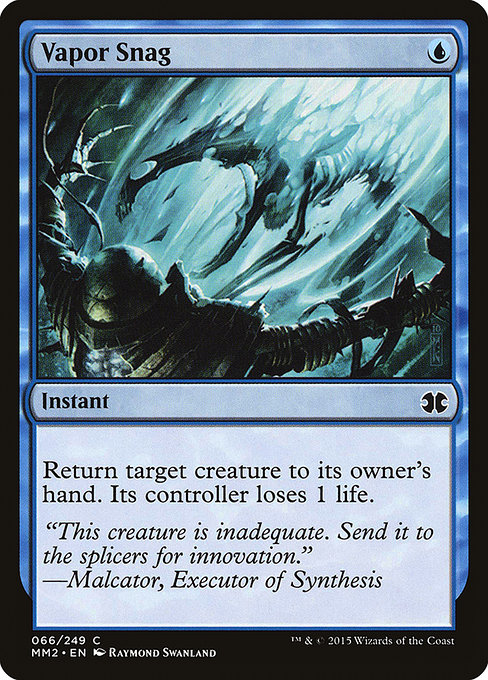
Vapor Snag
Gameplay Summary
The game featured five competitive cEDH decks led by Hashaton, Rograkh with Thrasios, Osgir, and Plagon, each employing distinct strategies.
Early turns saw players developing their mana bases and deploying key pieces like Rograkh and Thrasios to establish board presence.
Hashaton focused on filling the graveyard to create powerful 4/4 tokens, steadily applying pressure.
Osgir aimed to generate card advantage by blinking artifacts with his starfish commander, while Rograkh and Thrasios used artifact synergies and mana acceleration to control the board and threaten with creatures. Key moments included Osgir casting Gilded Drake to steal a critical threat and Rograkh sacrificing artifacts to boost and protect his creatures.
The game featured tactical exchanges such as blocking decisions and artifact sacrifices to maintain board control.
A pivotal play was the use of a card that exiled a land from an opponent's deck, disrupting mana development.
Combat phases involved careful pumping and trading of creatures, with players leveraging their commanders' unique abilities to maintain tempo.
The game progressed with players balancing aggression with resource management, racing to stabilize their board states while disrupting opponents' plans.
![REMATCH FOR GLORY! Ft. Kai & Bosh n Roll [ Hashaton | RogThras | Plagon | Osgir ] MTG cEDH Gameplay thumbnail](https://i.ytimg.com/vi/seiDO5D74G8/maxresdefault.jpg)





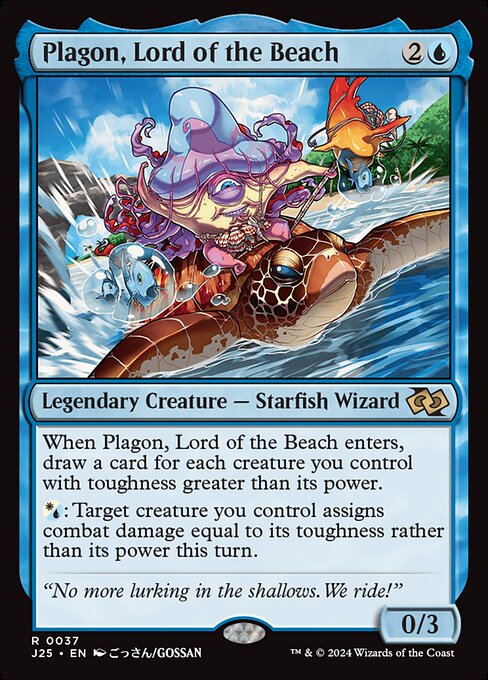


![Three One Ring's to Rule them ALL! [ Narset | RogThras | Derevi | Loot ] MTG cEDH Gameplay thumbnail](https://i.ytimg.com/vi/cQE_8XtPLYU/sddefault.jpg)
































